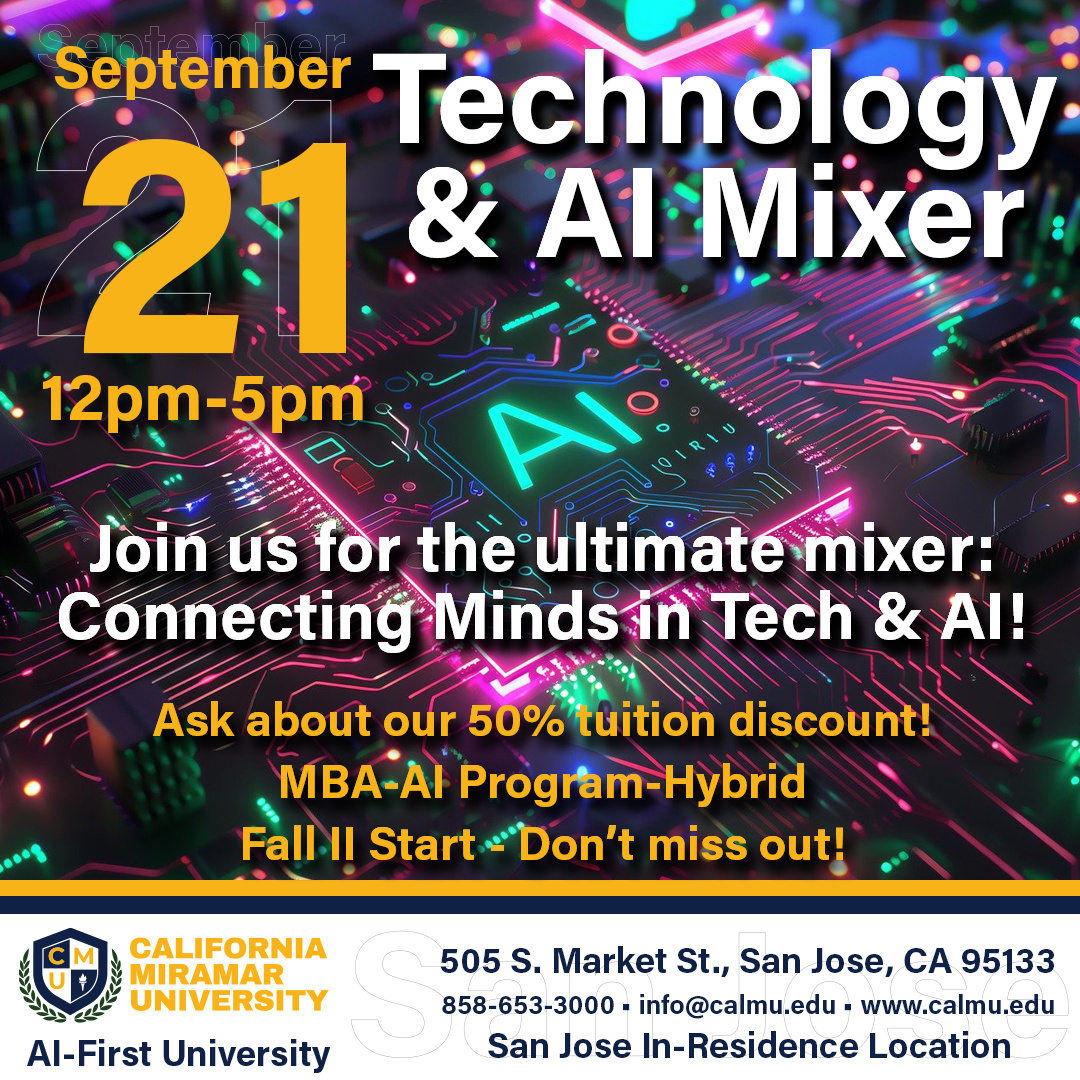16 Artificial Intelligence Career Paths
Artificial intelligence (AI) is transforming industries at an unprecedented pace. In fact, 72% of organizations use AI technology to improve at least one business function. From healthcare and finance to logistics and beyond, AI-driven solutions allow businesses to achieve next-level efficiency and laser-focused decision-making.



